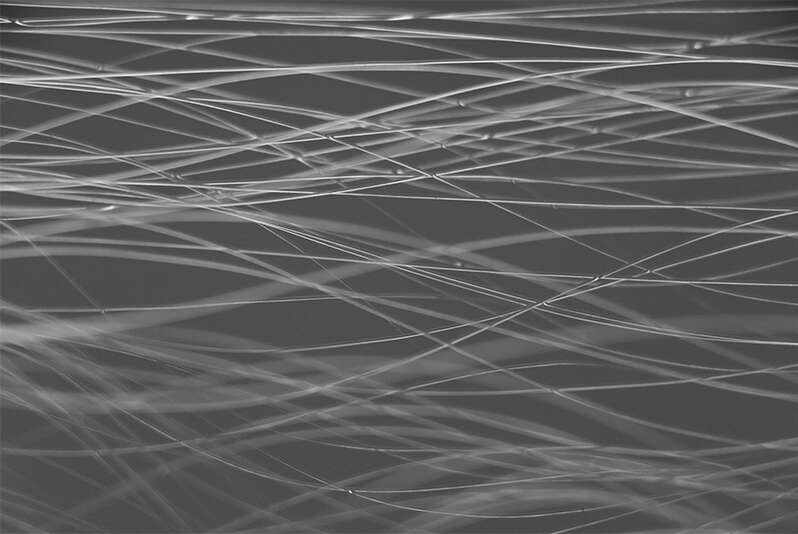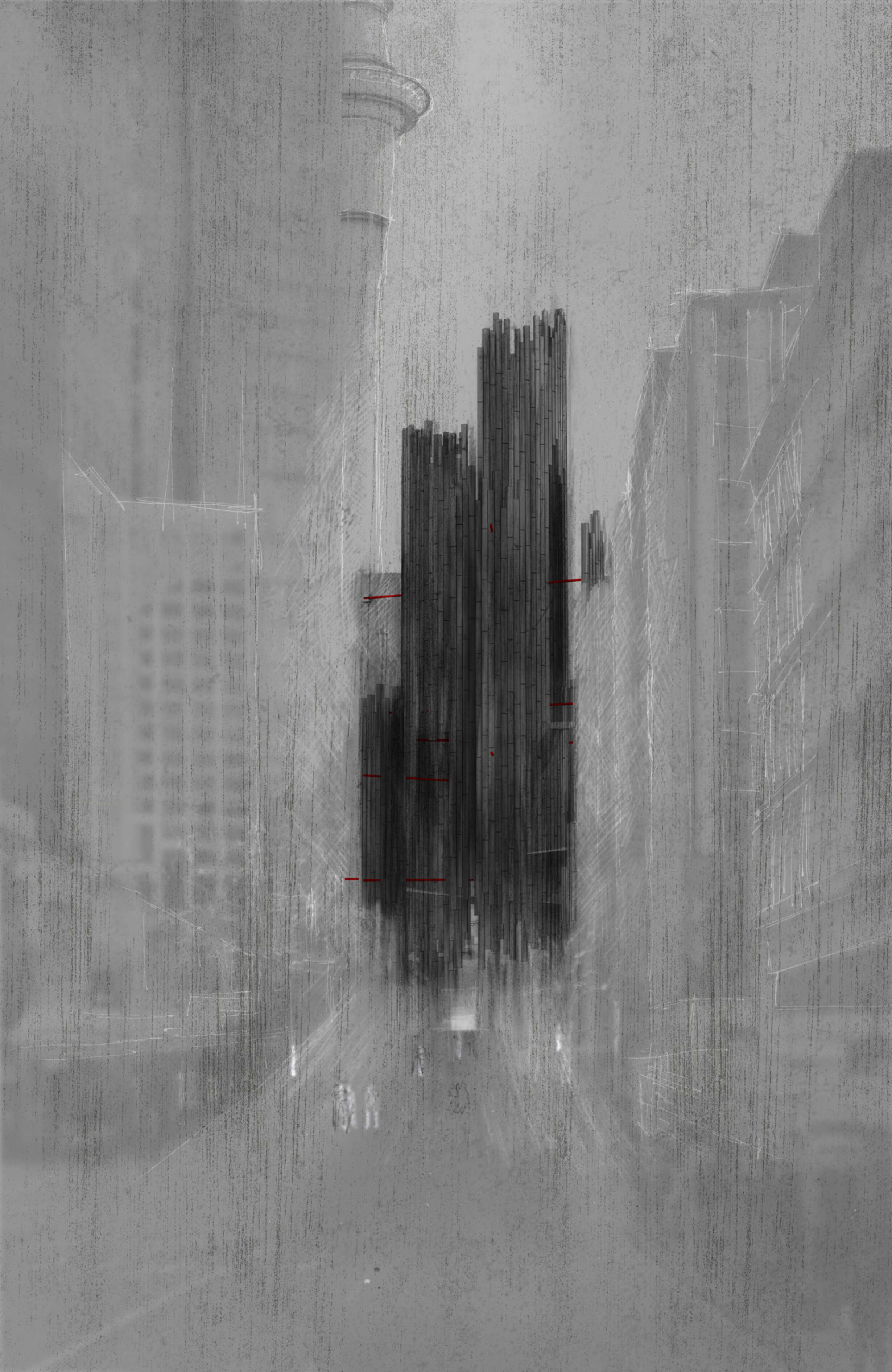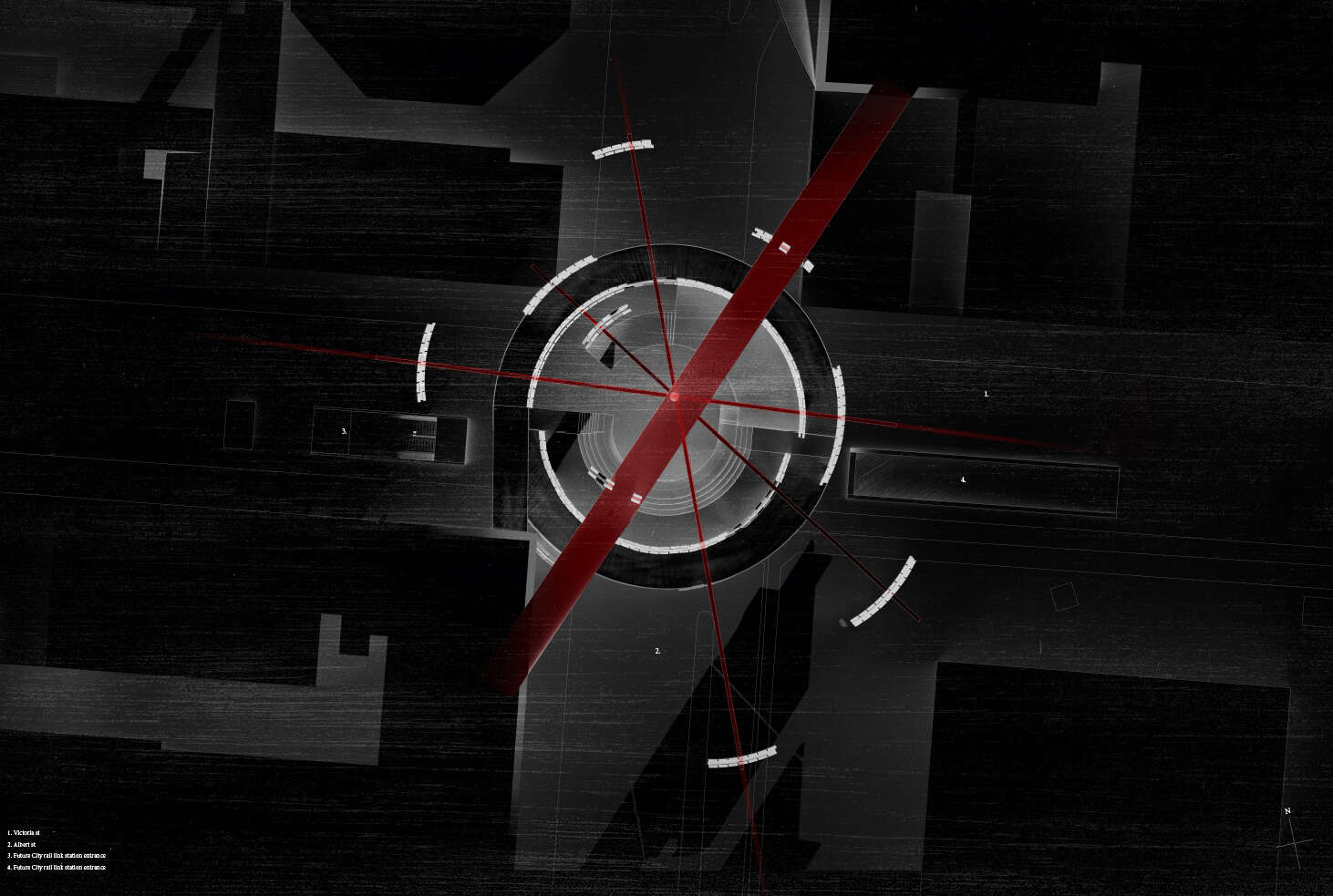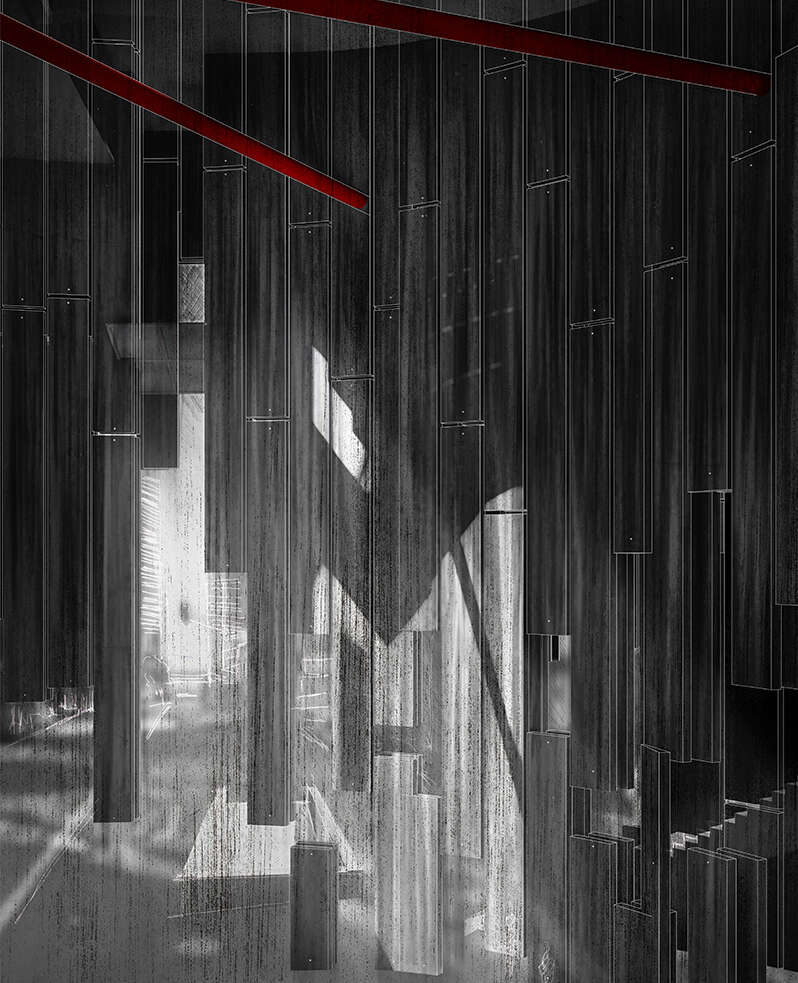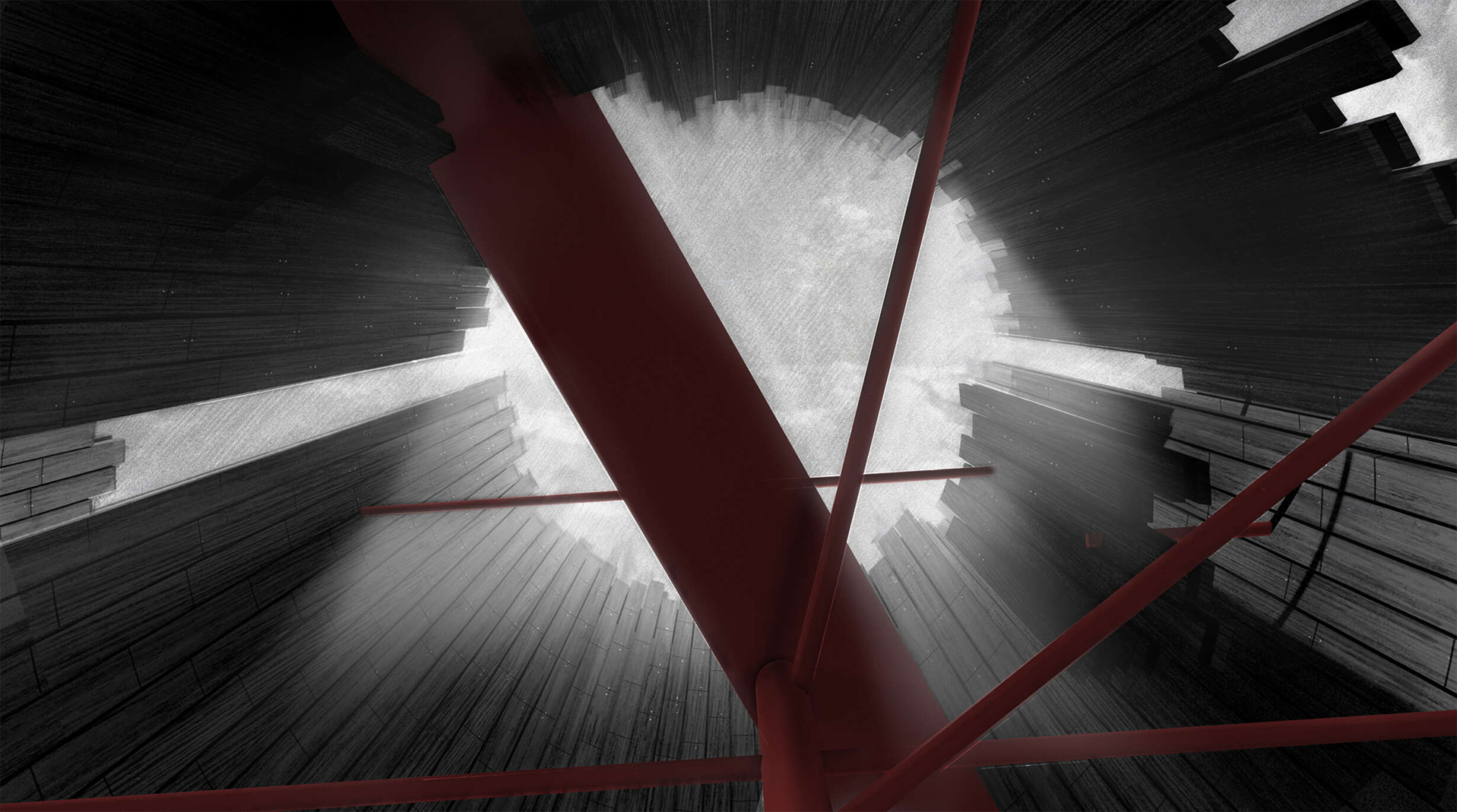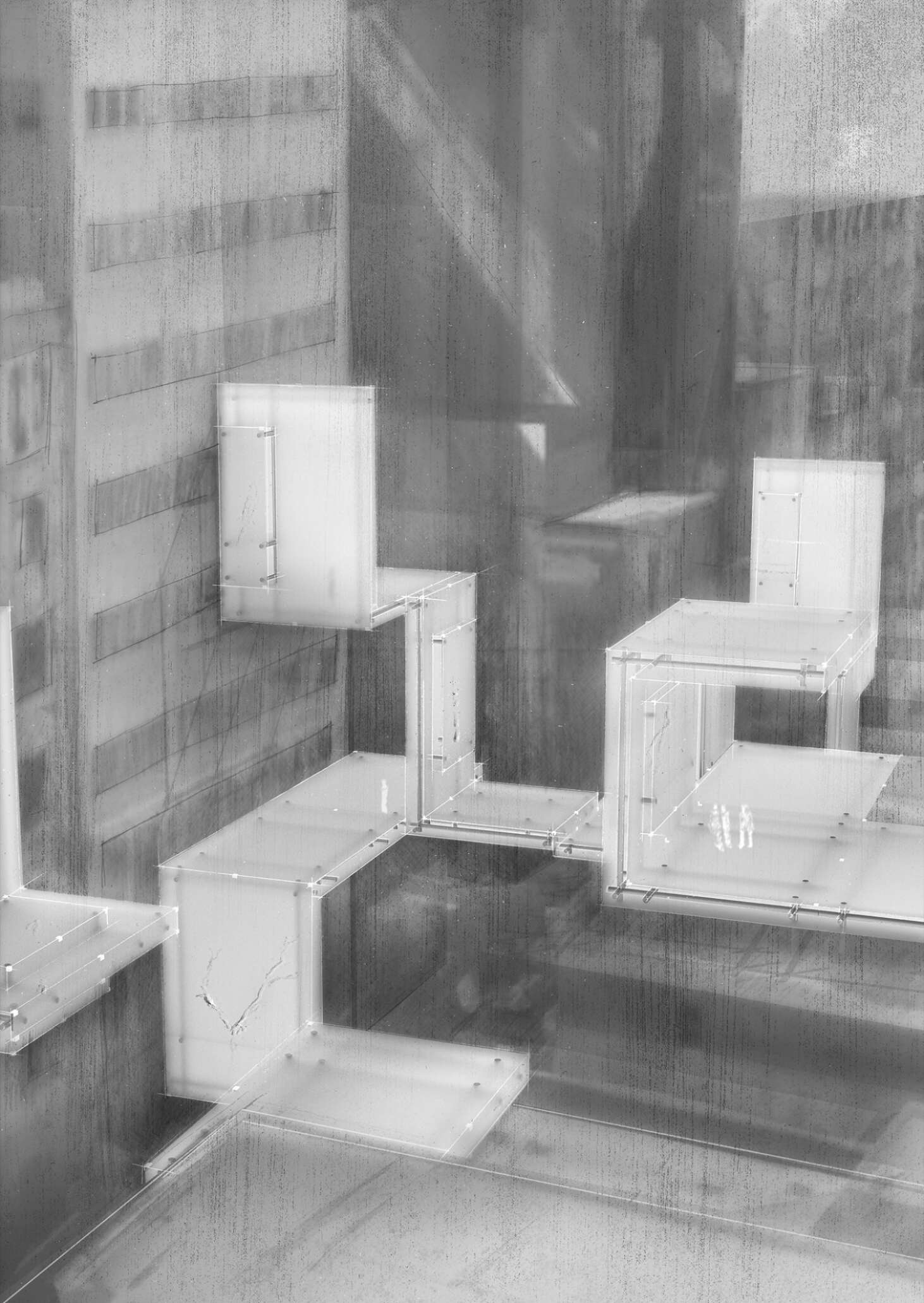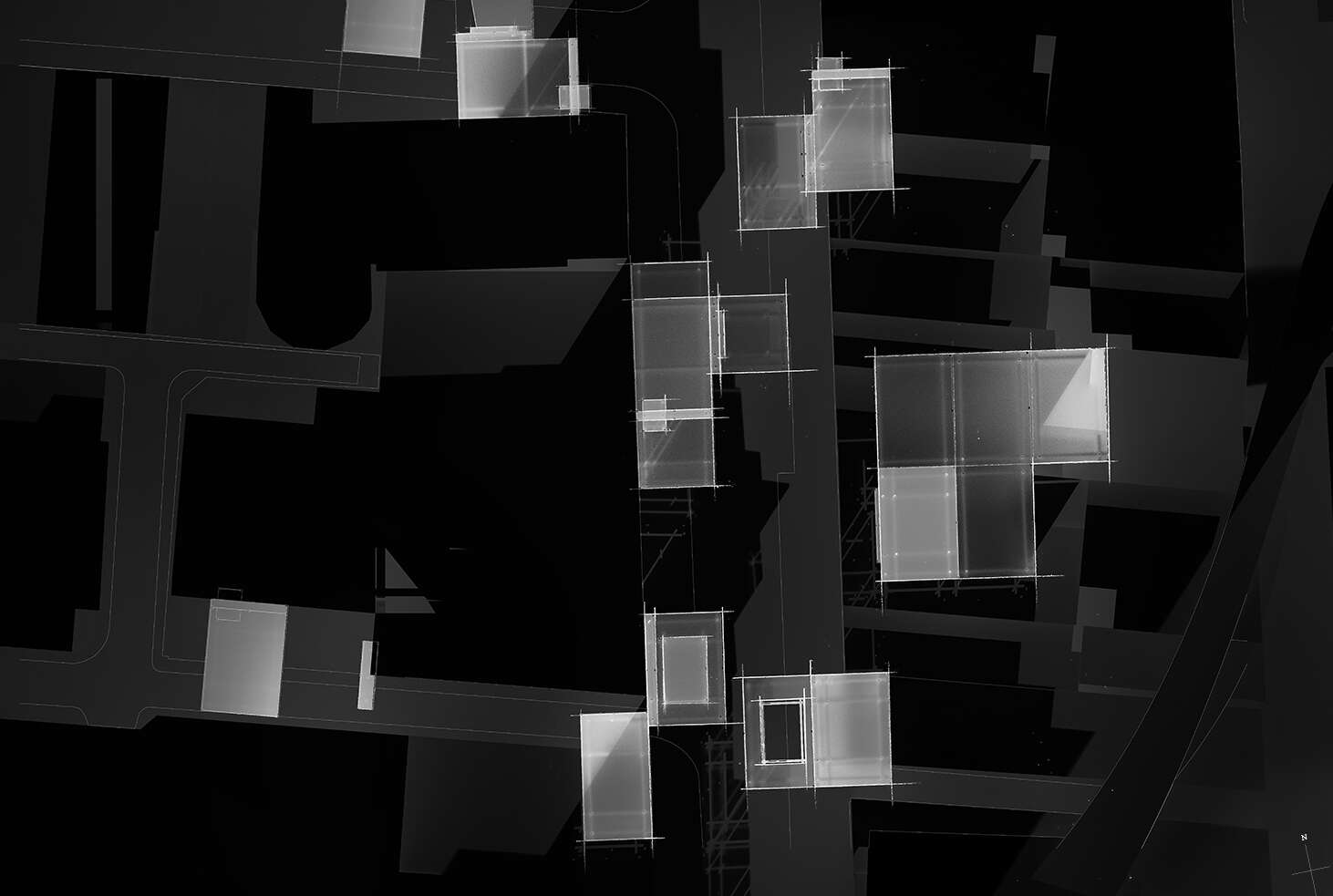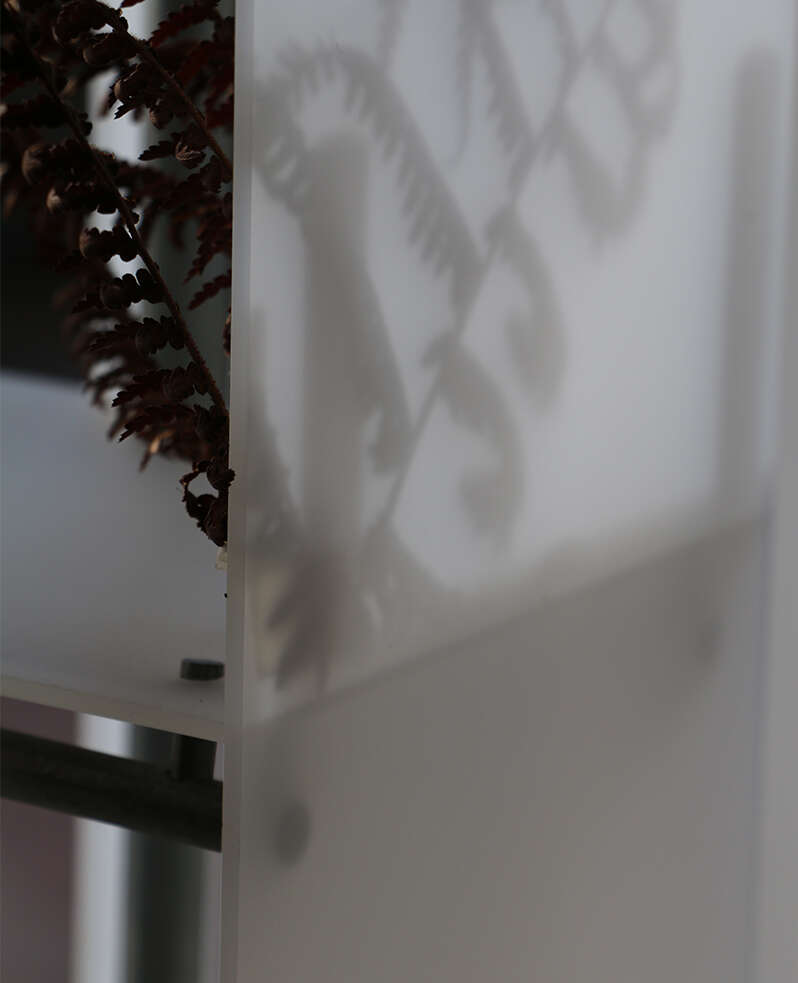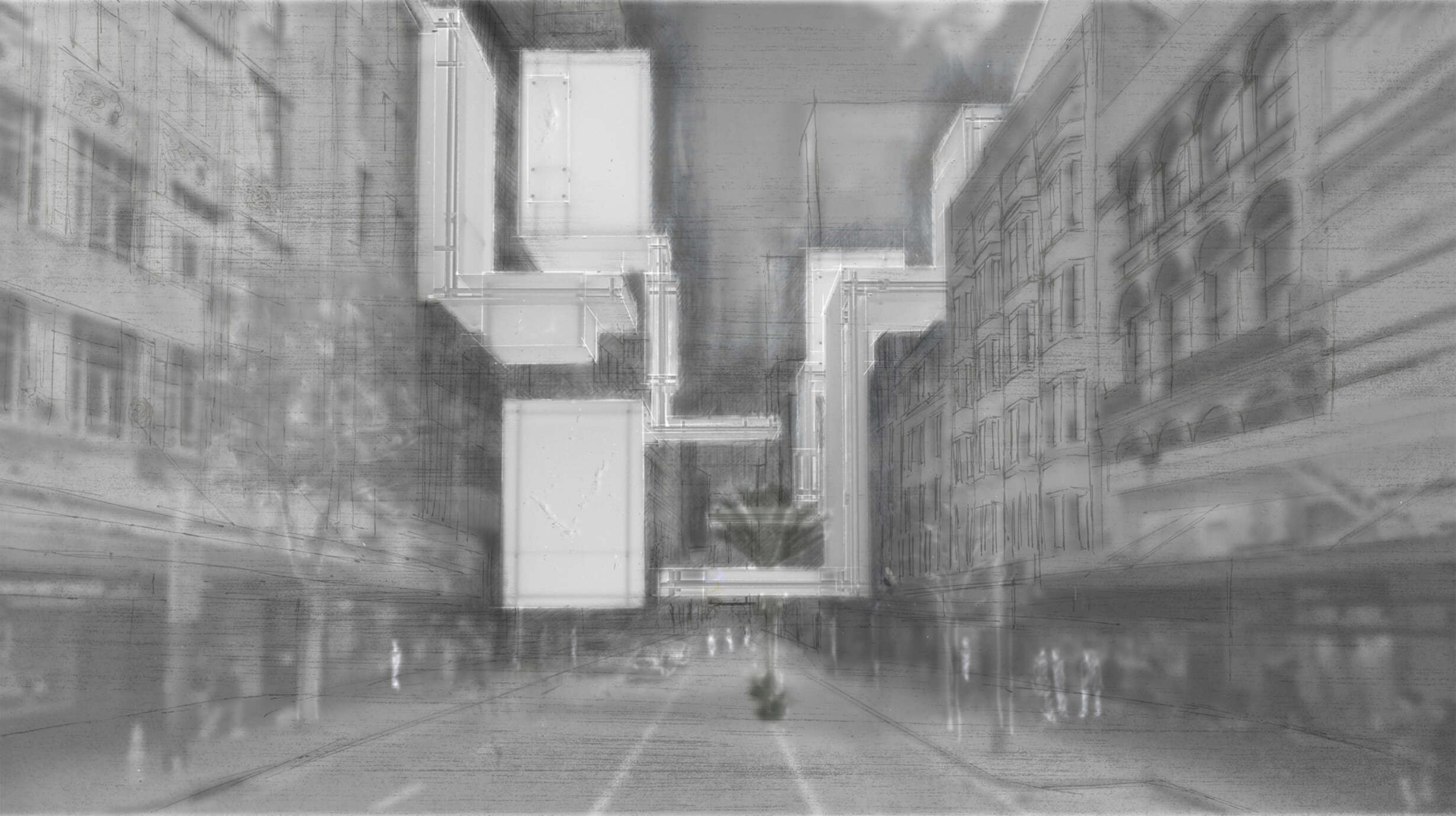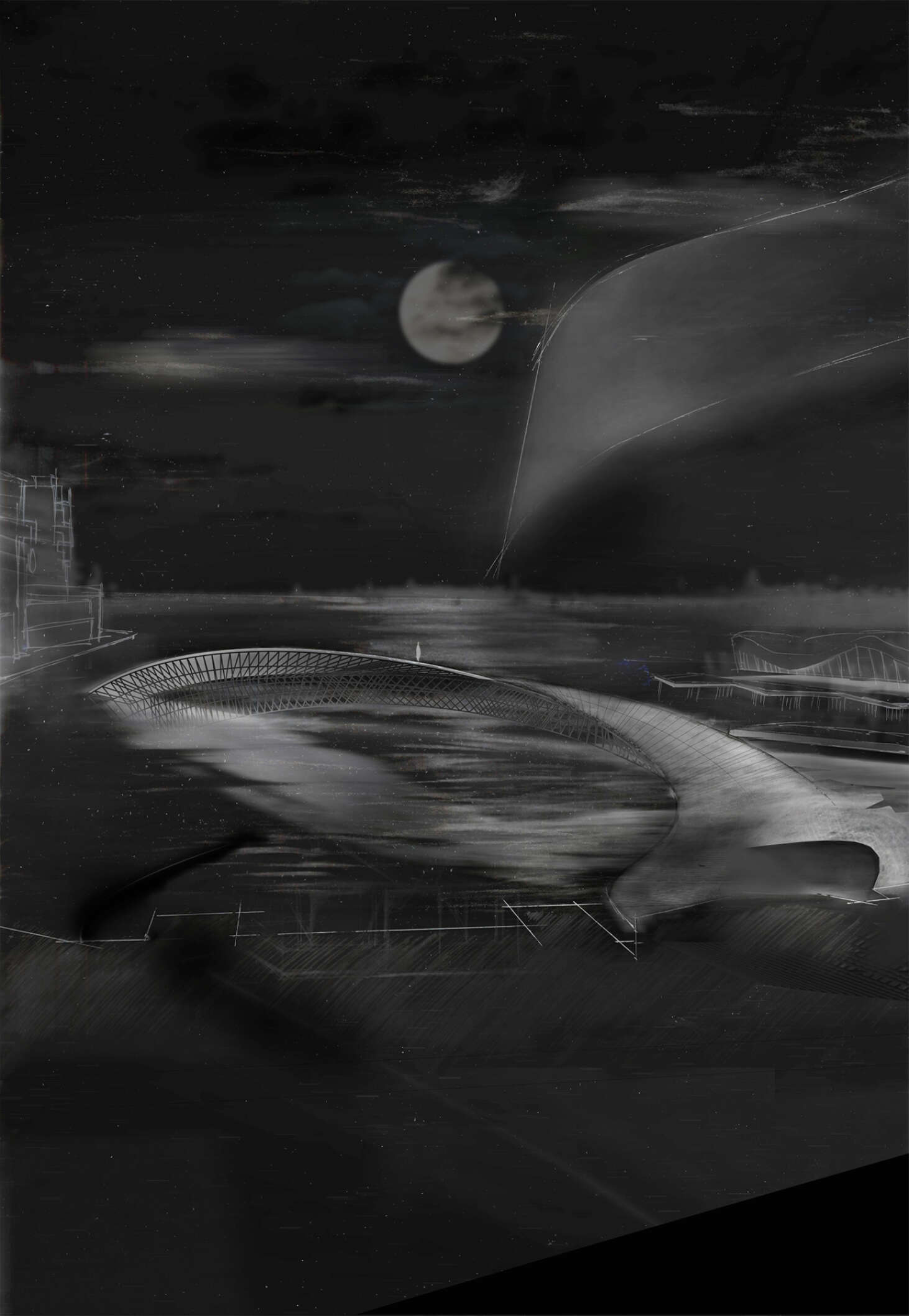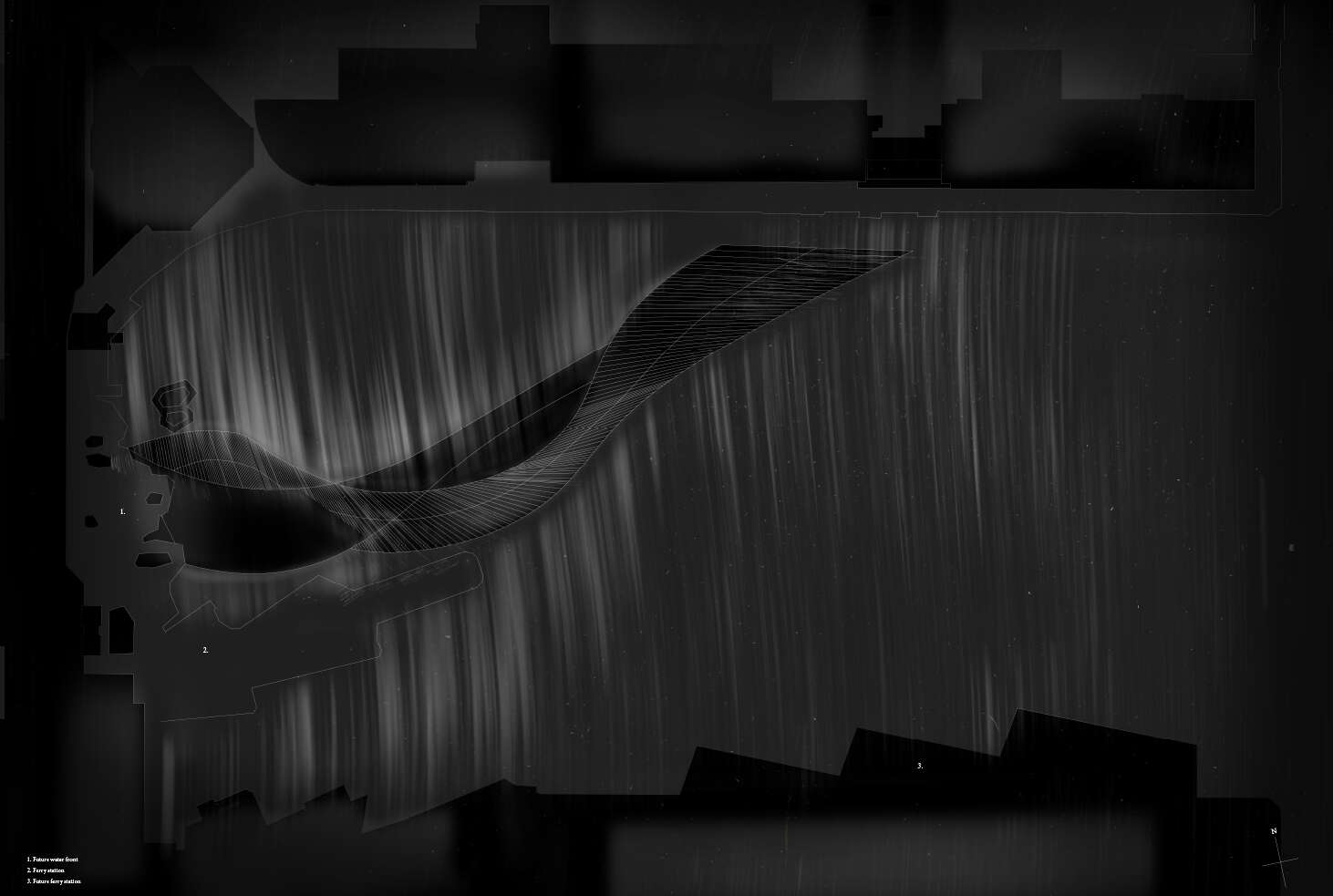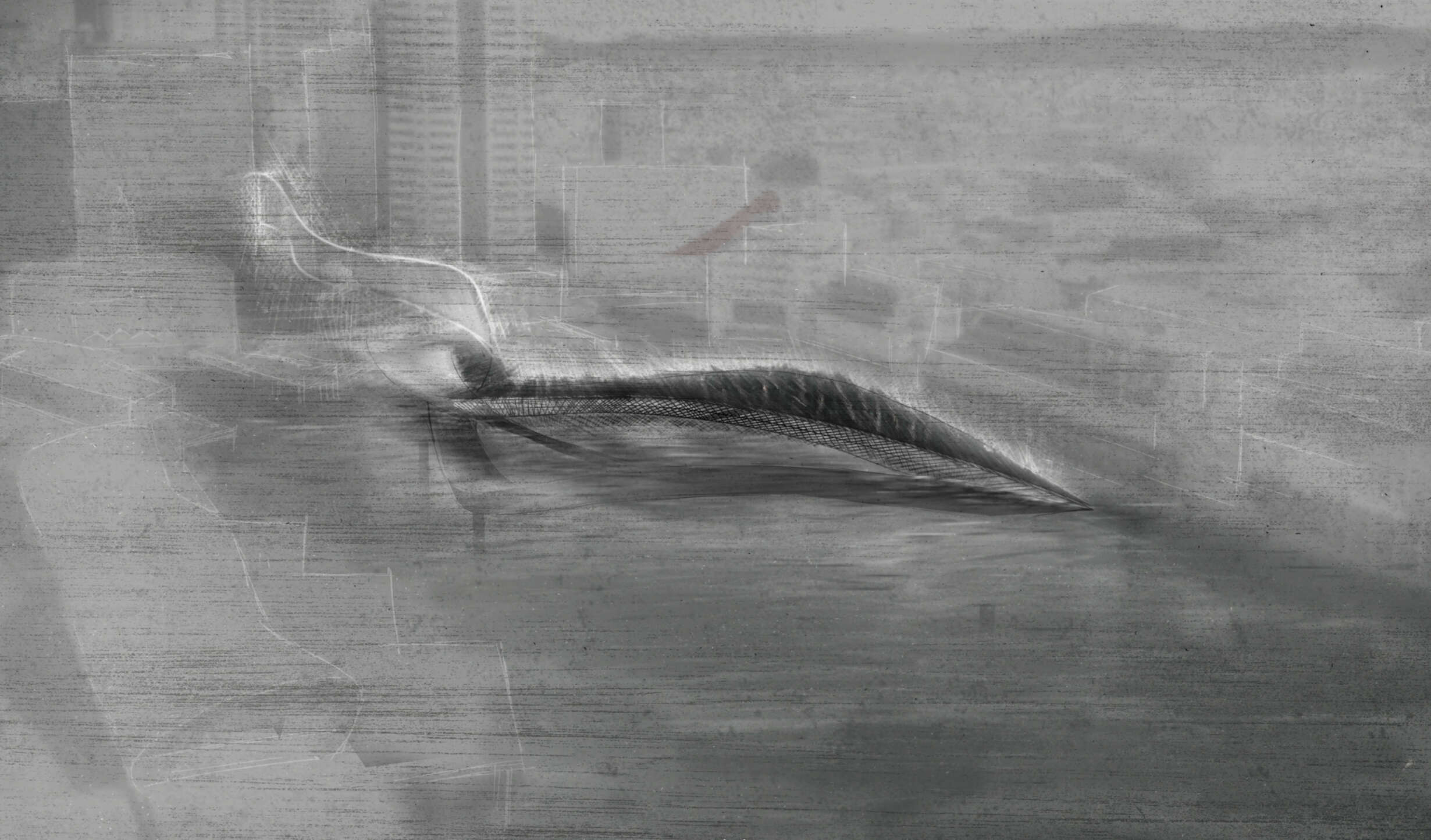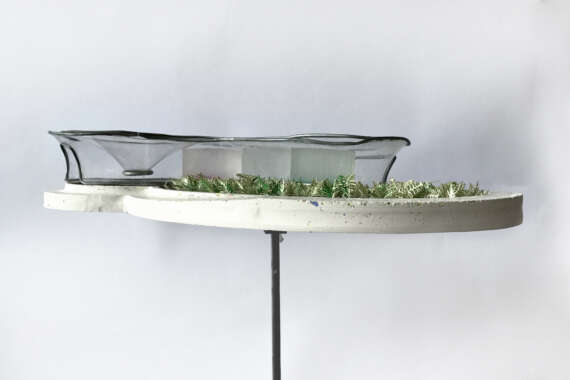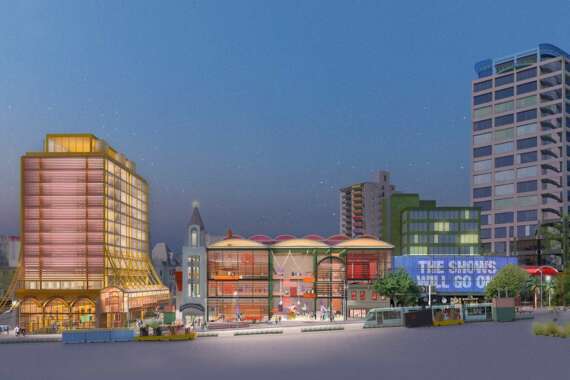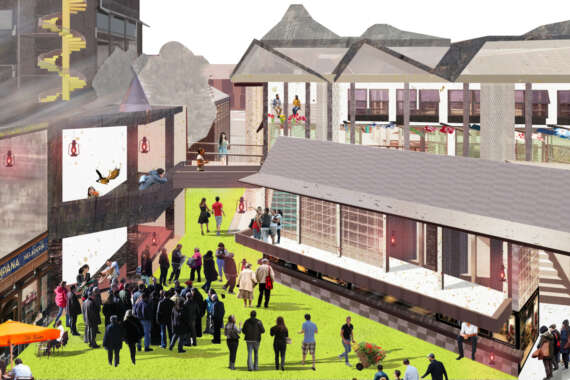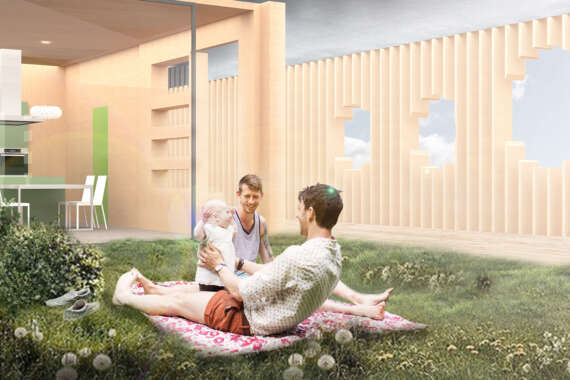Animating the Invisible City

The shaping of Tamaki Makaurau/Auckland City has prioritised the needs of people and the growing population. However, this thesis grapples with the idea that a human-centred approach causes problems by de-prioritising the environment. The city's development has meant that the natural waterfront has been reclaimed and reshaped, headlands removed, and the Waihorotiu stream covered, giving way to a dense urban condition.
Through the city, not only do we isolate ourselves from nature and view land as functional spaces, but we also create a negative living environment for ourselves.








